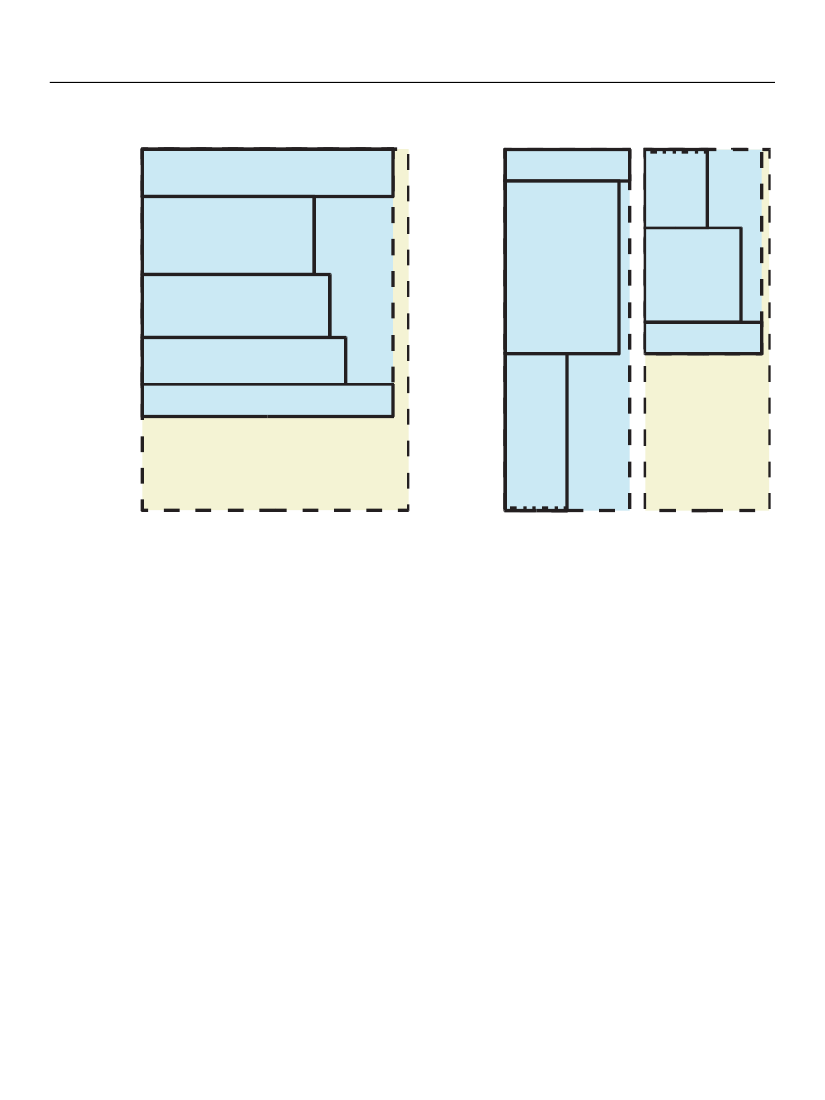
XFA Specification
Chapter 7, Layout for Growable Objects
Flowing Layout for Containers
245
When flowing content into subform
B
, the layout processor starts by placing subform
Leader
at the top,
then fields
C
,
D
, and
E
in that order, then subform
Trailer
at the end. The result is shown below at left.
subform Leader
subform Header
subform B
field C
bottom
of field
D
bottom
of
subform
B
field C
field E
field D
subform Trailer
field E
subform Trailer
top of
field D
top of
subform
B
contentArea F
contentArea A
Bookend subforms
Effect of bookend subforms when
flowing across contentArea boundaries
A subform with a bookend leader and/or trailer may be split across
contentArea
boundaries. As shown
above at right, fields
C
,
D
, and
E
, plus subforms
Leader
and
Trailer
, taken together, are too tall to fit in
contentArea A
and overflow into
contentArea F
. The layout processor places the bookend header as
the first layout object inside
contentArea A
and the bookend trailer as the last layout object inside
contentArea F
.
The root subform may specify a bookend leader and/or trailer. These are incorporated at the beginning
and/or end of the entire document.
Overflow Leaders and Trailers
An overflow trailer is a subform that is placed as the last content of the top fragment of the subform, if the
subform overflows from one
contentArea
to another. Similarly an overflow header is a subform that is
placed as the first content in the bottom fragment of the subform. Overflow leaders and trailers are
controlled by the
overflow
property of the flowing subform. For example, a template includes the
following declarations: